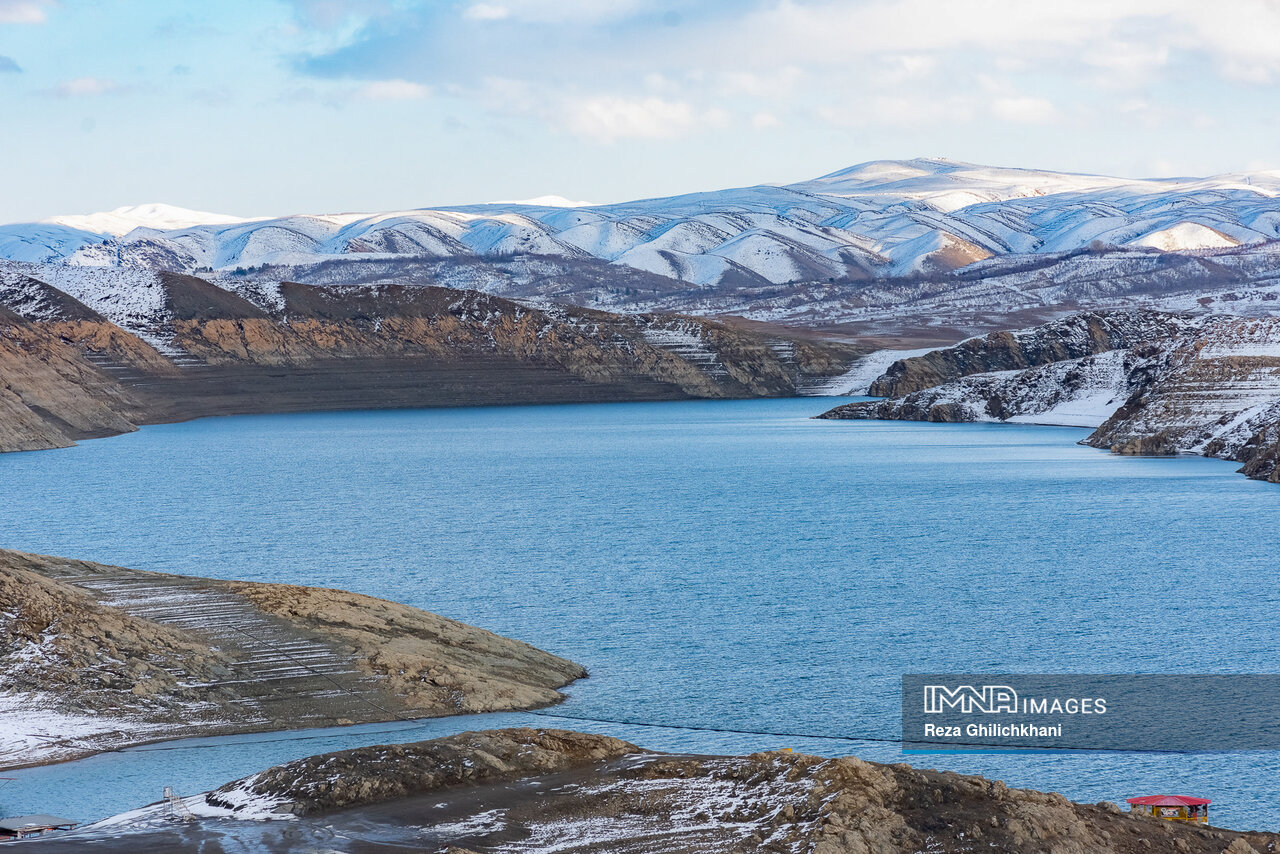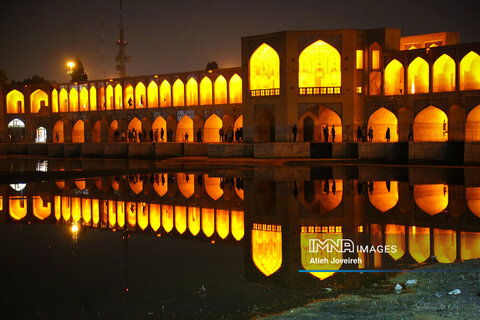Iran (IMNA) - The extensive research, conducted on an area spanning from the Zayandehrood basin in the east of Isfahan to the Gavkhuni wetland, has unearthed compelling evidence of ancient civilizations and a thriving culture that flourished in this region.
According to an Iranian archaeologist quoted by IRNA, the excavations have shed light on the remarkable progress made by these ancient societies, which seemed to have advanced to the stage of civilization and urbanization. "Our findings indicate that human settlements have existed in this area for thousands of years, leaving behind a rich cultural heritage. We have obtained evidence of the establishment of these societies dating back to the Old Bronze Age, specifically the third millennium BC," stated Yaser Jebraili.
Furthermore, the archaeological investigations have also revealed significant remnants from the Parthian and Sassanid eras in the vicinity of the Zayandehrood River and the eastern parts of Isfahan. These findings provide valuable insights into the historical significance of this region during various periods of time.
Highlighting the importance of the Islamic era, particularly the Ilkhanid and Timurid epochs, Jebraili mentioned that the evidence collected indicates a great interest in the lower reaches of the Zayandehrood River in the east of Isfahan during this period. The discoveries made during the study have opened up new avenues for understanding the cultural and historical evolution of this region throughout the ages.

In a recent study, archaeologists have employed the highly accurate "Carbon-14 test" to date various pieces of evidence and remains, revealing fascinating insights. According to the lead researcher, these findings indicate that human societies flourished in the lower regions of Zayandehrood during the Bronze Age. However, there is also some intriguing but less conclusive evidence suggesting the possibility of even earlier human settlements preceding this era.
In a notable excavation carried out in 2020, experts discovered the remains of two workshops believed to date back to the Parthian era (247 BC – 224 CE). This discovery has led many to reconsider Isfahan's history, pushing it back by thousands of years. The initial excavations at Tepe Ashraf began in 2010 when archaeologists stumbled upon a reconstructed section within the castle ruins, indicating its use during the Buyid dynasty.
The Zayanderoud River: A Lifeline for Ancient Communities, Shaping Lives and Cultures
The Zayanderoud River, flowing through the heart of Iran, provided a lifeline for these ancient communities. As one of the largest rivers in the country, it played a crucial role in shaping the lives of its inhabitants.
The settlements along the Zayanderoud River were strategically located, benefiting from the river's fertile banks and abundant water supply. The early settlers recognized the importance of this precious resource and utilized it for agriculture, enabling them to cultivate crops and establish thriving societies.
These ancient civilizations developed sophisticated irrigation systems to harness the waters of the Zayanderoud River. By diverting water into canals and channels, they were able to efficiently distribute it across their farmlands. This allowed for the cultivation of a variety of crops, including grains, fruits, and vegetables, which supported the growing population.
The settlements near the Zayanderoud River also served as important trade hubs. The river provided a convenient transportation route, allowing merchants to transport goods and commodities. This facilitated the exchange of ideas, cultures, and products between different communities, leading to the development of diverse and prosperous economies.
The people living near the Zayanderoud River were not only skilled farmers and traders but also had a deep connection with nature. They revered the river as a sacred entity, attributing its life-giving properties to divine forces. Rituals and ceremonies were held to honor the river, emphasizing the spiritual and cultural significance it held within their lives.
Over time, these settlements evolved and flourished, leaving behind a legacy of impressive architectural structures and cultural artifacts. The ruins of ancient cities and towns near the Zayanderoud River stand as a testament to the ingenuity and resilience of these early settlers.
However, it is important to note that the Zayanderoud River has faced significant challenges in recent years. Drought, pollution, and excessive water usage have taken a toll on the river, impacting both the environment and the communities that depend on it. Efforts are being made to restore and preserve the river, ensuring that its historical importance and ecological value are safeguarded for future generations.
The human settlements near the Zayanderoud River in thousands of years ago were a testament to the resourcefulness and adaptability of ancient civilizations. Their ability to harness the power of the river allowed them to thrive and build prosperous societies. Today, as we reflect upon this rich history, we must also strive to protect and nurture the natural resources that have sustained us throughout the ages.
Isfahan, once a bustling hub of international trade and diplomacy in Iran during the 16th and 17th centuries, now stands as one of the country's most captivating tourist destinations. Renowned for its architectural marvels, the city boasts unparalleled Islamic structures, vibrant bazaars, enriching museums, breathtaking Persian gardens, and picturesque tree-lined boulevards. Isfahan beckons visitors to wander through its labyrinthine bazaars, find tranquility in its exquisite gardens, and engage with its friendly locals. Its reputation as Nesf-e-Jahan, meaning "half of the world," reflects the belief that exploring Isfahan is akin to experiencing half the wonders of the globe.


Your Comment